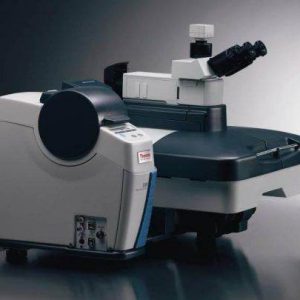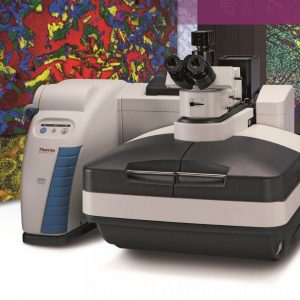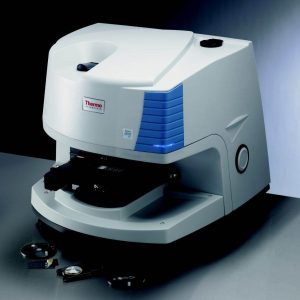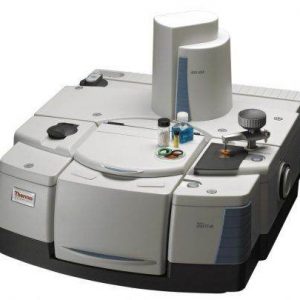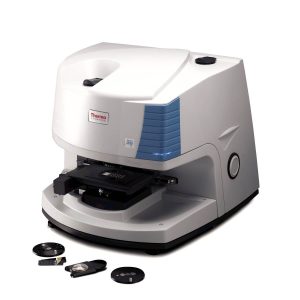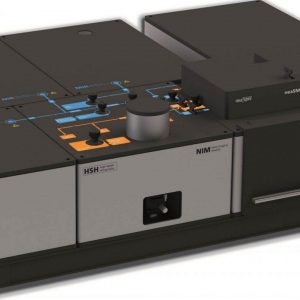Study of microplastics in drinking water, ecosystems and food
- Application description
- Raman spectroscopy
- FT-IR spectroscopy
 Microplastics are small particles or fibers of polymeric materials (polystyrene, polypropylene, polyamides, phthalates etc.) and often inorganic compounds, smaller than 5 mm. We can encounter either primary microplastics, which have already been produced in this form, or secondary microplastics, which are the product of decomposition. Virtually all plastics exposed to abrasive or UV radiation are subject to this process. Then, they uncontrollably enter ecosystems and become part of the food chain. Due to the extensive use of plastics, the pollution of water, soil, and even the air and animal bodies by microscopic particles has recently become an increasingly serious and mediated problem. In addition to the proven harmful effects on ecosystems and human health, the presence of microplastics in bottled water and other beverages can also have a negative impact on the food industry, damaging otherwise reliable producers. Combating this relatively new type of pollution requires a thorough understanding of the issue.
Microplastics are small particles or fibers of polymeric materials (polystyrene, polypropylene, polyamides, phthalates etc.) and often inorganic compounds, smaller than 5 mm. We can encounter either primary microplastics, which have already been produced in this form, or secondary microplastics, which are the product of decomposition. Virtually all plastics exposed to abrasive or UV radiation are subject to this process. Then, they uncontrollably enter ecosystems and become part of the food chain. Due to the extensive use of plastics, the pollution of water, soil, and even the air and animal bodies by microscopic particles has recently become an increasingly serious and mediated problem. In addition to the proven harmful effects on ecosystems and human health, the presence of microplastics in bottled water and other beverages can also have a negative impact on the food industry, damaging otherwise reliable producers. Combating this relatively new type of pollution requires a thorough understanding of the issue.
The first thing is to discover the origin of microplastics and map their path in different ecosystems. However, this adventure begins with the detection and most accurate identification of these substances in various types of samples: drinking water, service water, food industry products and also in the air.
The combination of FT-IR microscope Nicolet iN10 MX, Raman microskope Nicolet DXR3xi and spectroscopic programs OMNIC and OMNIC Picta including spectral libraries of polymers is the complete solution of the microplastics analysis in a large range of their sizes (0.5 – 5000 μm) in various types of samples. It allows both the identification of these particles (and thus begins the detective work to determine their origin) and their quantification in samples. If you are interested in identifying particles below 0.5 micrometer, we offer a solution in the form of (FT)-IR SNOM technology Neaspec.
